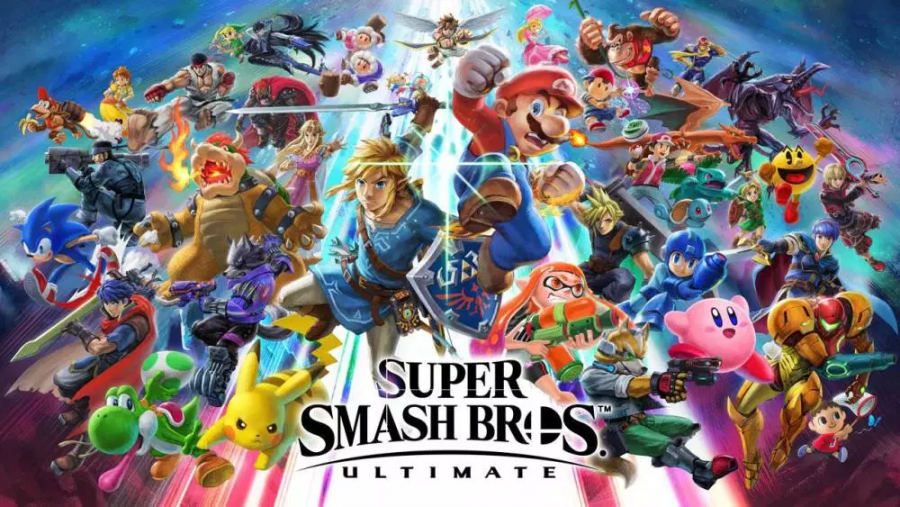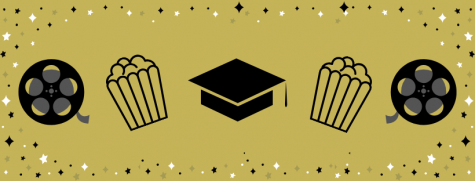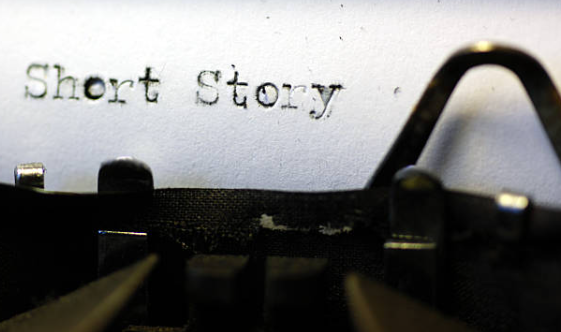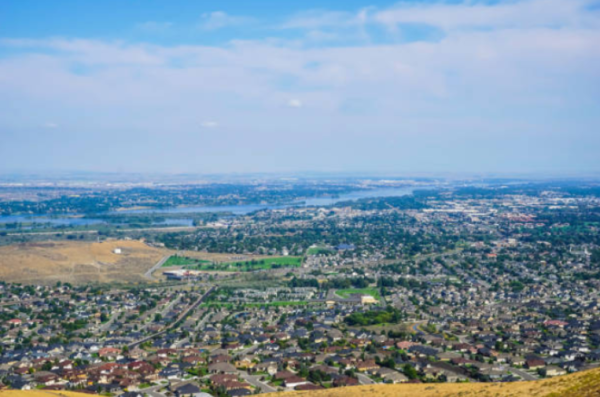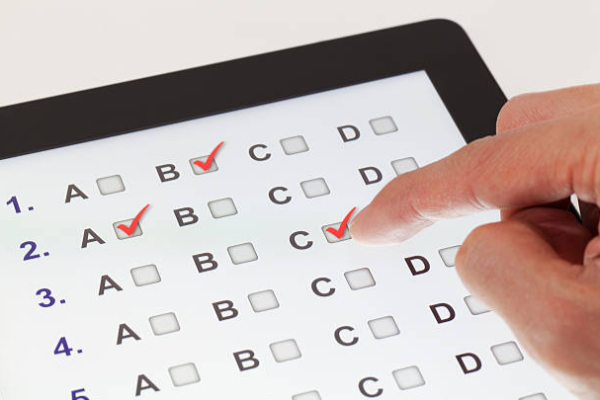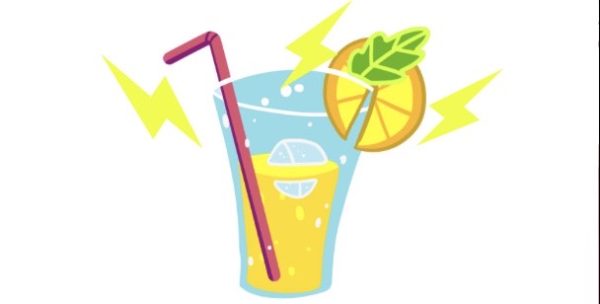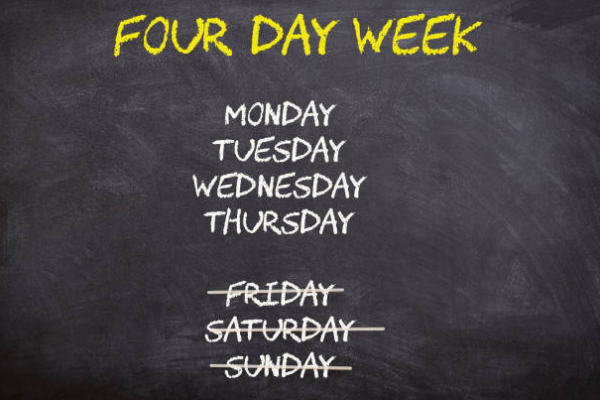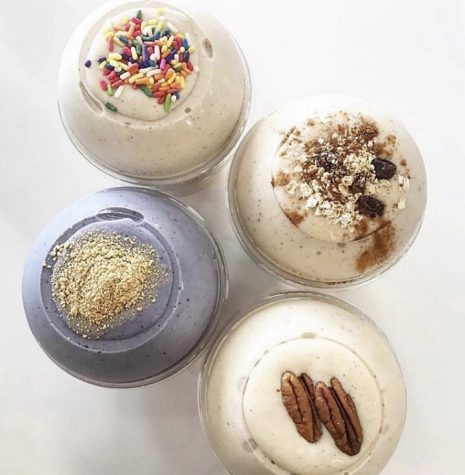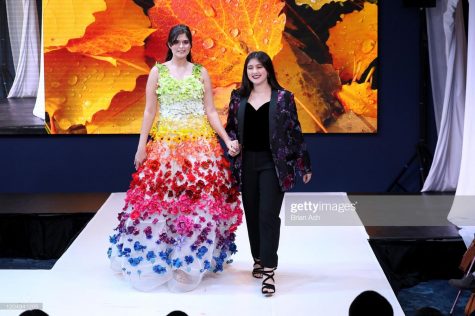Super Smash Bros. Ultimate: the Ultimate Smashing Success
The latest installment of the Super Smash Brothers series, Super Smash Brothers Ultimate, released on Dec. 7 for the Nintendo Switch and sold 1.2 million copies in Japan in its first week. Scoring a 92 on Metacritic, an aggregate review site, Ultimate has the most content in any Smash game to date, and with 74 currently playable characters, 103 stages, over 900 music tracks, and more downloadable content on the way, it is a Smash fan’s dream come true.
Every character in Smash history is in Ultimate, with veterans missing from Super Smash Bros for Wii U and 3DS (SSB4) such as Pichu from Pokemon and Snake from Metal Gear Solid returning for the first time in years. New characters include Inkling from Splatoon, Simon and Richter Belmont from Castlevania, and Ridley from Metroid, who is no longer too big for Smash. Six more fighters are coming to Ultimate as downloadable content, of which two are confirmed: Piranha Plant from Super Mario Bros. and Joker from Persona 5.
Unlocking characters is different from past games: characters appear approximately every 10 minutes while playing normal battles, or they can be unlocked by playing single-player modes. The new unlock system forces a time restriction between character unlocks, frustrating players who want to unlock all the characters quickly. Some players have resorted to the reset trick, where the timer is reset when restarting the game, allowing them to play a quick match, unlock a character, restart the game, and repeat.
Gabriel Sternberg, a SMCS 10th grader, tried the reset trick but ultimately gave up. “I had to stop after 4 hours since my eyes were tearing up. I still don’t have all the characters.”
Katherine Tao, a Global 9th grader, said “I don’t mind about the grinding, I actually enjoy the experience of doing it. It’s just some of them comes at the wrong timing for me, like when I’m trying to use someone new. For example, I’m trying out Roy, and boom, Mega Man comes in as a challenger.”
Thomas Wilbur, a Global 12th grader and club officer for the Super Smash Bros. Club, said “it was super satisfying for the first half [of the characters], then it got grindey when I did it through Classic Mode”.
Ultimate has received several graphical changes. Its colorful HD visuals are no slouch on the Switch or TV screen. All characters have better shading, more balanced colors, and adjusted details. The game is much flashier, with brighter colors and particle effects on every attack. Smoke trails appear after every hit and a blast of confetti appears during KOs. Several other visual changes such as a minimap to gauge the distance from the edge of the player’s radar to see when exactly you will fly off the screen, special camera and zoom effects for extremely strong hits, and a life scoreboard in 1v1 battles aim to make Ultimate a great viewing experience.
Gameplay in Ultimate is the same as usual: characters attack each other to deal damage and increase the knockback of attacks, with hard-hitting attacks at high damages causing them to fly off the screen and get KO’d. Several changes made in the transition between SSB4 to Ultimate result in faster and more aggressive gameplay.
Wilbur said that “Overall movement in the game feels way better. I still prefer a faster-paced game but this was a step in the right direction compared to SSB4, where I felt like half the time I just wasn’t moving.”
New to Ultimate is that knockback feels like hitting a balloon, where characters fly very fast and stop almost immediately after, and that any attack can be done while running. Every character has faster movement and attack speed, and most of them have improved attacks. A returning mechanic from Super Smash Brothers Melee is the directional air dodge, where fighters dodge attacks and move simultaneously midair, allowing for a risky but rewarding defensive technique. 1v1 battles have a 20% damage increase to speed up gameplay. No character or move was left untouched, and almost all of these changes will be satisfying to competitive players looking for faster and more aggressive gameplay. Additionally, the training mode comes with new features such as attack knockback trajectories and frame advance, allowing players to practice and analyze attacks better. Other changes are that players make their own rulesets or use a preset before entering a match, after which the stage is chosen before the character, a departure from past Smash titles.
These gameplay changes indicate Nintendo’s effort to make Ultimate more competitive. While Nintendo has historically offered almost no support to the competitive Smash scene, it is making small steps via gameplay changes, training mode, and the addition of an Elite Smash online mode for players with high rankings. Recently Nintendo recently removed its content restrictions for online creators, a boon to competitive players who stream and make guides for Smash. And while Masahiro Sakurai, the creator of Smash, stated in an interview with The Washington Post that he does not design Smash for competitive play and does not intend it to be competitive, he stated in a Nintendo Direct that the development team will reference results from Elite Smash battles in future balance patches.
The largest addition to Ultimate is by far World of Light, an expansive single-player mode where players must save the world by exploring the massive game board and freeing other fighters. It is made more interesting with the addition of spirits, collectible characters from all of Nintendo’s franchises. By teaming up with them the player can alter your fighter’s abilities, such as giving them extra attack and defense power or making you resistant to poison. Spirits are needed to complete the battles in World of Light, which are inspired by various types of battles from Nintendo’s franchises. These battles all have special conditions such as status changes and altered enemy attack patterns, and players must equip spirits to have a fighting chance against stacked odds.
Tao said that she enjoys playing World of Light. “It’s actually quite fun compared to Smash Run and Smash Tour [from Super Smash Bros Four], but it’s hard for some places if you don’t have the right spirits.”
Wilbur said that “It got tedious at times but it was never overwhelmingly tedious, and the level up system was super rewarding. Managing spirits was a hassle early game too. But spirits were a really good idea and were executed decently. I’m a huge fan of Zelda and Fire Emblem so it was really cool to be able to see characters like Daruk or Camus who had no chance of getting into Smash as a fighter get representation.”
However, Sternberg laments its massive size. “It’s very long, and that means that it probably won’t be a favorable method for unlocking characters. It seems to be very tedious to walk around everywhere [on the map] instead of completing one area at a time.”
Ultimate is not without its faults. It can be difficult to pay attention to a battle or select characters or stages on the Switch screen. More technical details such as a different buffer system and the inability to run past fighters have flustered competitive players.

Skylar Chan is a senior in SMCS and writes in the STEM and technology beat. This is his first year writing for the Pulse. You may have seen him dance in...


